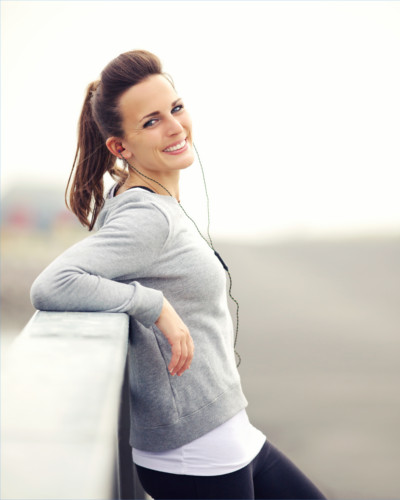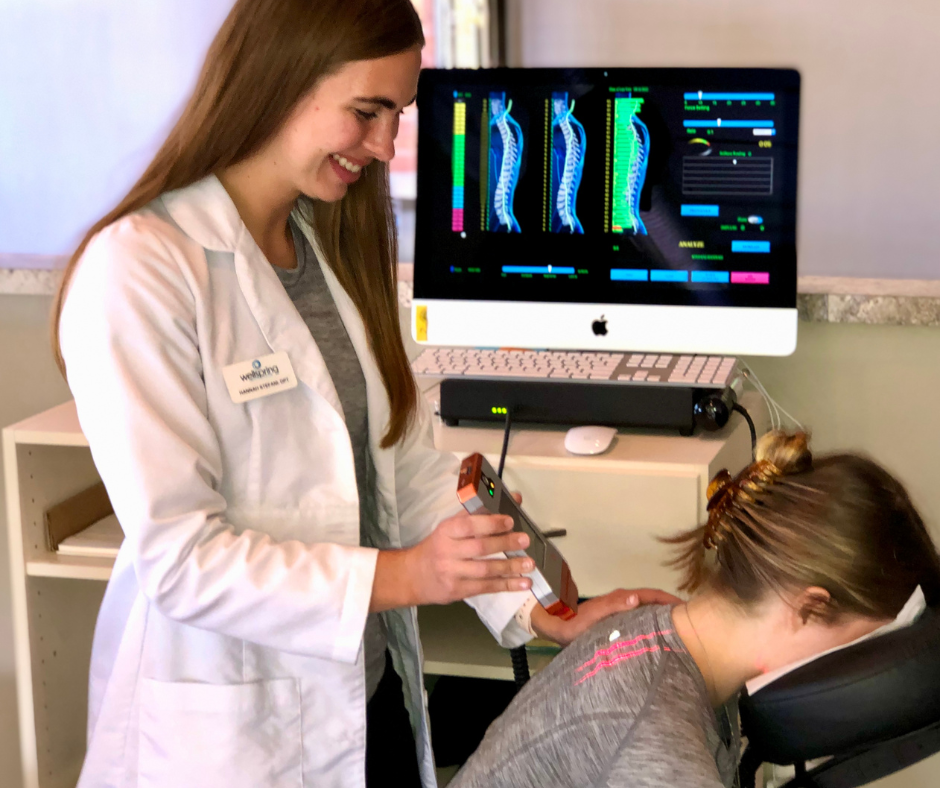Our children’s safety is a top priority. We teach them all sorts of safety rules like how to safely ride a bike or swim in the pool. But unknowingly, we’re placing them at risk for a variety of injuries by not teaching them how to wear a backpack safely.
The American Academy of Orthopedic Surgeons explains that kids who carry backpacks that weigh more than 15-percent of their body weight are prone to neck, back, and shoulder pain, muscle and joint issues, and even permanent damage to posture.
Students still-growing spines are especially vulnerable to the heavy load in their backpacks. According to the U.S. Consumer Product Safety Commission over 22,000 strains, sprains, dislocations, and fractures from backpacks are treated in emergency rooms, physicians’ offices and clinics annually. The backpack injury problem has become so widespread that some states have passed backpack safety legislation to force school districts to develop ways of reducing the weight of students’ backpacks.
6 Warning signs that a kid’s backpack is too heavy or poorly fitted include:
- Low back pain
- Shoulder pain
- Stiff neck or difficulty turning the head both ways
- Tingling in the hands or fingers
- Headaches
- Poor posture – forward head tilt, one shoulder higher than the other, rounded shoulders
While we wait for solutions like digital textbooks to become widespread, there are things you can do to prevent backpack injuries. Wellspring Health Center’s physical therapists recommend the following:
When selecting a kid’s backpack, look for:
- The correct ergonomic size: never wider or longer than your child’s torso and never hanging more than 4 inches below the waist
- Padded back to prevent being poked by sharp objects
- Wide padded adjustable shoulder straps so the backpack can be fitted to your child’s body. Straps that are too loose can cause the backpack to dangle uncomfortably and cause stress on the back, neck and shoulders.
- Hip and chest belts to help transfer some of the weight to the hips and torso
- Compression straps on the sides and bottom to stabilize the contents
- Multiple compartments to better ditrubute the weight
- Reflective material for safety outside
When loading the backpack:
- Place larger heavier items closest to the padded back
- Make sure children wear both shoulder straps and do not dangle the backpack from one shoulder which causes shoulder strain and posture problems.
- The loaded backpack should weigh no more than 10% of the child’s body weight. A heavier backpack can cause a child to flex forward to support the increased load on their back rather than on their shoulders.
- Help your child determine what is absolutely necessary to carry, It it’s not essential, leave it at home.
When lifting a backpack:
- Students should keep neck and back in line, squat down, bending at the hips and legs, and lift with their legs and buttocks while tightening the abdominal muscles. They should avoid awkward reaching or twisitng to pick up a backpack.
Heavy backpacks, extracurricular activities and hours of homework can place a strain on your child’s back resulting in lifelong back and posture problems.
Our licensed physical therapists love caring for kids! Their growing bodies respond well to holistic physical therapy treatments. We can also recommend simple exercises to keep posture strong and healthy throughout the school year.
You’ll be happy to know our physcial therapy and sports medicine care is covered by most major insurance plans.
Contact us for a Kids Complimentary Posture, Pain or Injury Screening.




